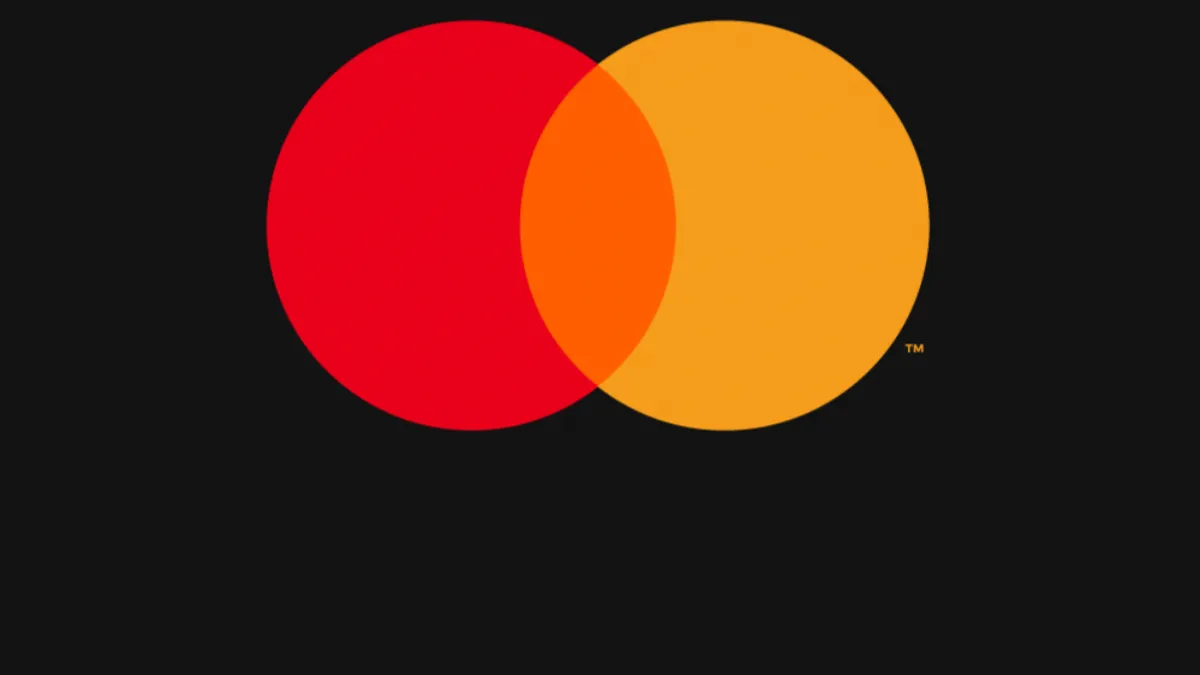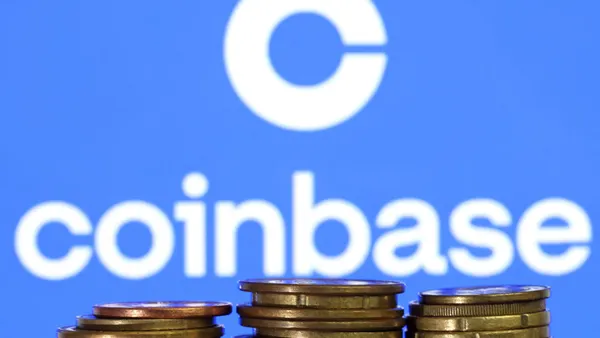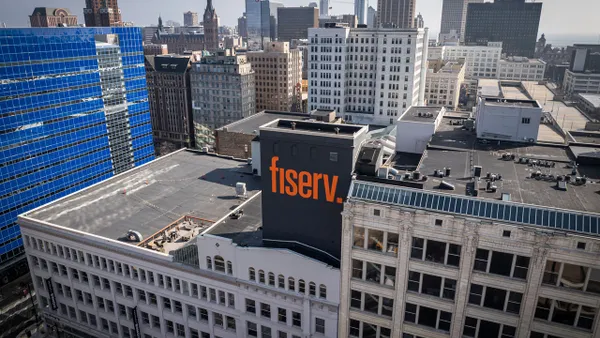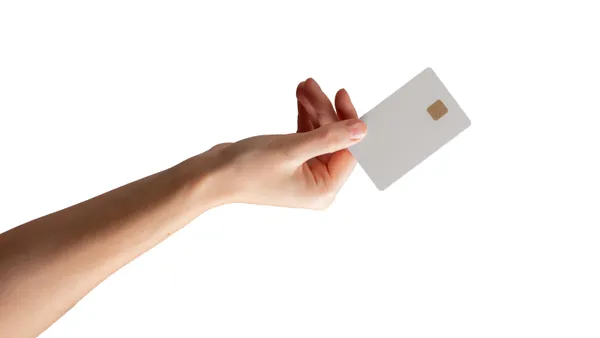Dive Brief:
- The coronavirus pandemic may be pushing contactless payments to a tipping point in the U.S. More than half (51%) of the 1,000 U.S. consumers surveyed by Mastercard this month now use some form of contactless payment. The survey, published Wednesday, was emailed to Banking Dive.
- Concern over the potential transmission of germs at the point of sale is driving the change. Half of respondents said they worry about the cleanliness of signature touchpads, and 72% said they prefer to skip signatures altogether.
- About 51% of those surveyed say they're using cash less often or not at all since the outbreak began. And nearly one-third have swapped out their top-of-wallet card for a contactless option. That percentage is even higher (43%) for Americans under age 35, Mastercard found.
Dive Insight:
Banks worldwide have ramped up their efforts to issue contactless cards over the past several years, but they've been a harder sell in the U.S. Perhaps the coronavirus will prove the catalyst for behavioral change. About 56% of respondents to the Mastercard survey said they'd continue using contactless cards after the pandemic is over.
"What we're really seeing during this crisis period is a consumer behavioral shift," Linda Kirkpatrick, president of U.S. issuers at Mastercard, told CNBC. "If you're at a grocery store or a drug store where a consumer should avoid touching a terminal or coming into contact with the cashier, what contactless products really provide is an avenue to shop safely."
Indeed, 85% of survey respondents said they were using their contactless cards at the grocery store, according to Mastercard's breakdown of data by location. Contactless use at transit stations ranked lowest in the breakdown, at 9%. That’s understandable, as ridership on subways and buses is down because so many people are working from home.
But transit was once the lab rat for contactless use in America. Mastercard and Citi conducted a pilot program in 2006 to test tap-and-go technology with New York's Metropolitan Transportation Authority. A second test, independent of those companies, came in 2010. But the city didn't go all in on tap-and-go transactions until last year, after the technology had successful runs in London and Chicago.
Prior to the pandemic, several big banks pushed customers toward contactless options. Bank of America set about last year to mail contactless cards to 4 million customers in the New York, Boston and San Francisco areas. JPMorgan Chase said in 2018 that it wanted to convert its entire card portfolio to contactless by the end of last year. And all of the cards HSBC has issued since 2015 are contactless.
JPMorgan's focus on contactless transactions is long-running. The bank began issuing blink cards as early as 2005. But when retailers and consumers were slow to embrace the change, it phased out the cards in 2014.
The pandemic has brought renewed interest in the technology. About 57% of respondents to Mastercard's survey said paying through a contactless method is a "little" or "much" more top-of-mind than before the pandemic.
However, when a card issuer switches to tap-and-go technology, it doesn't send new cards to all of its users at once. New cardholders often get the contactless cards first because the old cards are no longer manufactured. Existing cardholders typically receive contactless replacements when their current card expires, or by request.
Challenger banks are getting in on the tap-and-go trend, too. Upgrade this month debuted a contactless card. "Going contactless in this environment, if there's ever been a time to do so, that's now," the company’s CEO, Renaud Laplanche, told Banking Dive.












